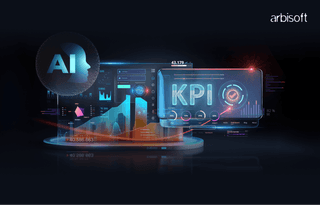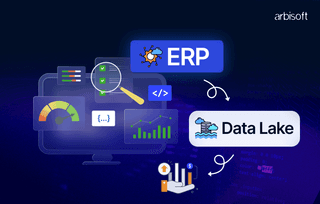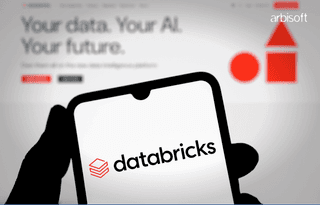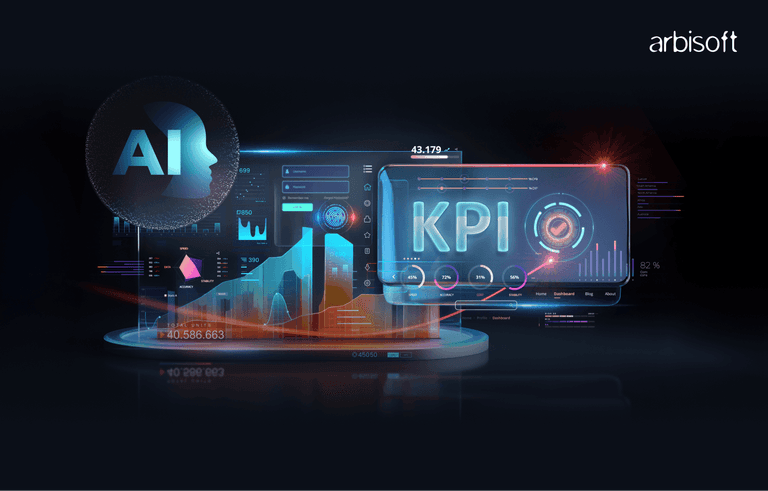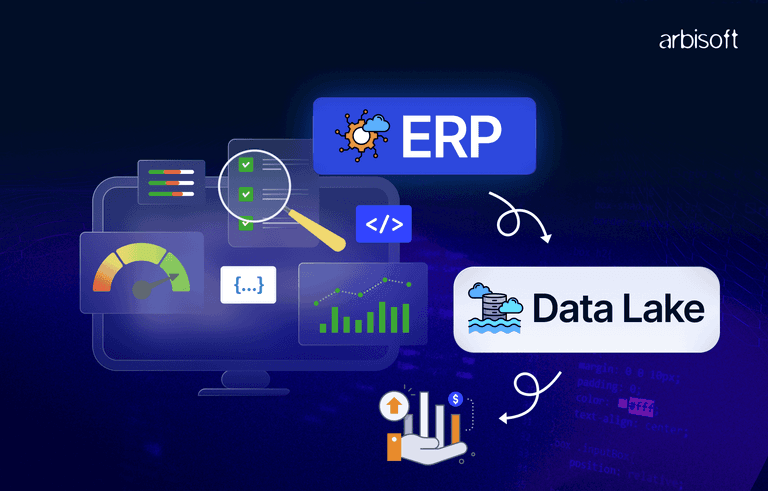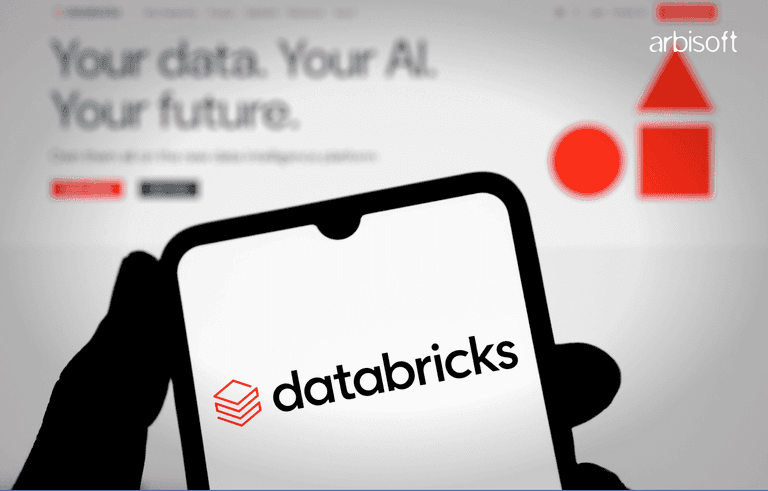We put excellence, value and quality above all - and it shows




A Technology Partnership That Goes Beyond Code

“Arbisoft has been my most trusted technology partner for now over 15 years. Arbisoft has very unique methods of recruiting and training, and the results demonstrate that. They have great teams, great positive attitudes and great communication.”
Prioritization Frameworks for Product Managers: RICE, MoSCoW, and Beyond
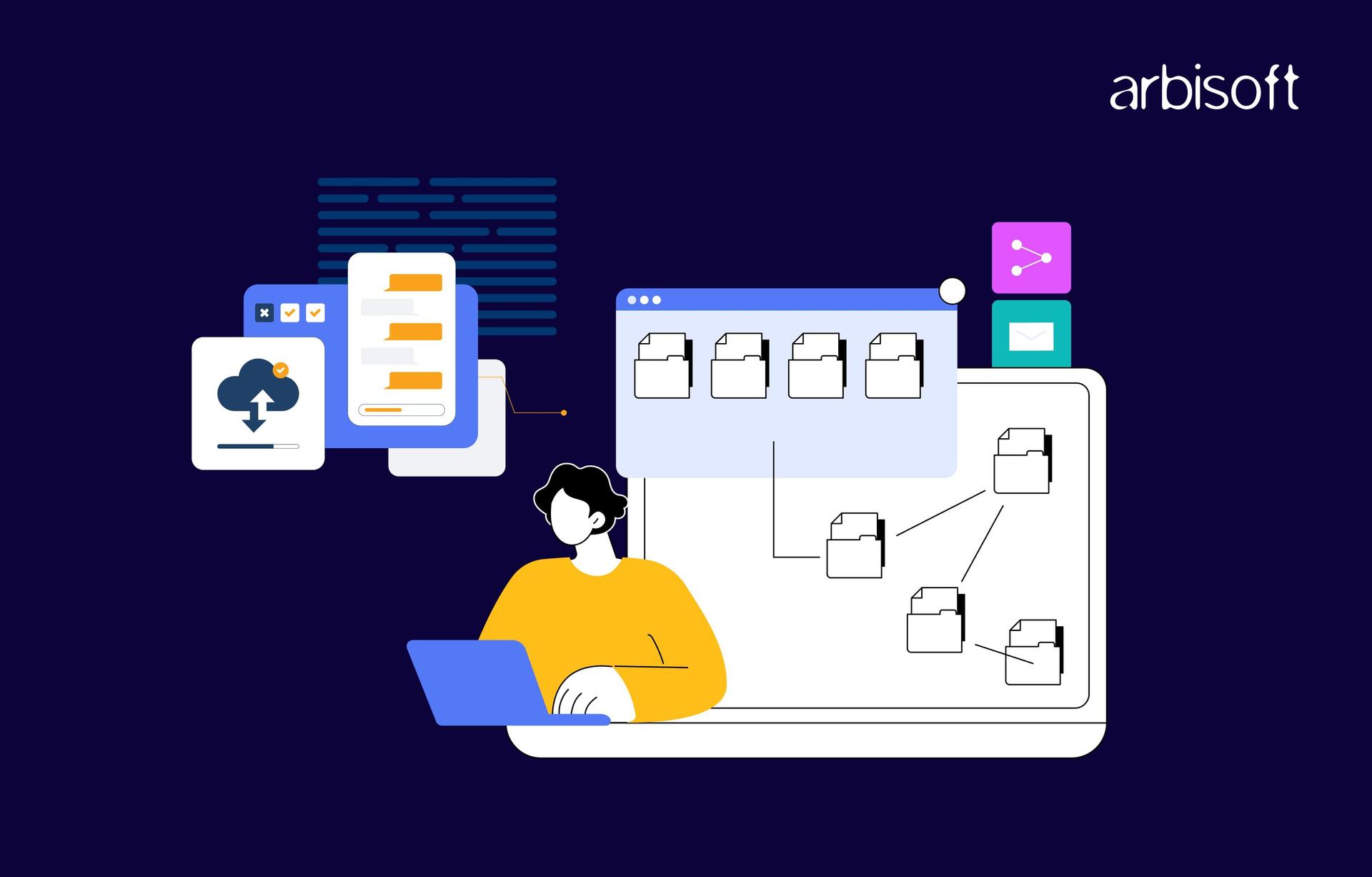
In the day-to-day activities of a product manager, decision-making is a regular activity but with developers sharing what features would be cool additions, key stakeholders “suggesting” features that align with their vision, and sales telling what they think will sell the product, prioritizing what the right thing to do for your product is is an essential skill for making the right decisions to deliver impact and create value.
If you’re a seasoned product manager with extensive experience shipping features and taking initiatives, prioritization becomes easier, but when you’re not, you can use frameworks to help!
In this blog, we’ll explore why prioritization is important and share actionable ways to tackle it effectively by utilizing 5 of the most popular prioritization frameworks.
- Value vs Effort
- MoSCoW
- RICE
- Kano Model
- Opportunity Scoring
Prioritization for Product Managers
Before we jump into prioritization frameworks, it is important to understand what prioritization is for product managers and why it is an important skill.
Although prioritization by definition sounds like a small task on what to do first prioritization in Product Management is completely different. Product Managers are at the crossroads between customer needs, business goals, and technical feasibility, which provides them with a vantage point to all the various needs and requirements related to different features and product initiatives.
It is important to understand that you can’t build everything at once and not everything will get built.
Prioritization for Product Managers helps find the relative importance of product features, bring stakeholders on a single page, focus resources where they matter most, and deliver customer value most quickly.
Prioritization frameworks
Now that we know why Product Managers must ruthlessly prioritize efforts, here are the five frameworks that you can add to your Product Manager toolkit and utilize in your product efforts to create value for your customer and business.
1. Value vs. Effort
The Value vs. Effort framework (also known as the Impact-Effort framework) is a great and simple framework that can help you quickly evaluate the low-hanging fruit that you should tackle first in your product development efforts.
How to use this framework
Plot a simple 2 x 2 grid with “Value” plotted against “Effort.”
Value: The perceived value your feature will create for your customers or business. Will it reduce any pain points in their workflow, or improve your business's bottom line?
Effort: The amount of time or complexity involved in building this feature. It is not enough to create a feature that customers will love, we have to consider business constraints and costs tied to building and launching the feature. This could consider all relevant factors like operational costs, infrastructure costs, training, and development time to name a few. The factors will vary feature by feature.
Priority = Value / Effort
Our goal is to get more value with less effort.
Once you have plotted the grid and placed where your product features lie on the grid, we can easily group these features into four groups based on the quadrants in the grid.

- Quick wins (High Value, Low Effort): We can prioritize low hanging fruits immediately.
- Big bets (High Value, High Effort) are big projects that we know are valuable but are risky due to the amount of resources and effort they could consume.
- Maybes (Low Value, Low Effort): It is nice to have features that can be completed quickly and can be used as fillers in your product efforts.
- Avoid (Low Value, High Effort): These features must always be avoided.
2. MoSCoW (Must Have, Should Have, Could Have, Won’t Have)
Another simple and very popular framework, MoSCoW helps us classify and prioritize features based on their importance. This framework simplifies discussions with stakeholders and ensures alignment on priorities by clarifying what is essential and what can wait.
How to use this framework
MoSCoW is an acronym that helps us remember prioritization categories. The o’s are only there to make the acronym easier to read and pronounce.
- Must-Have: Non-negotiable features crucial for the product's success.
- Should Have: Important but not critical features.
- Could Have: Desirable or nice-to-have features that are not essential for the product.
- Won’t Have: These are out-of-scope features that might be revisited later in your product development.
3. RICE (Reach, Impact, Confidence, Effort)
RICE is a quantitative model that helps you assign a number (called the RICE score) to your product features to objectively define which feature should be prioritized over another.
How to use this framework
RICE is an acronym for Reach, Impact, Confidence, Effort.
- Reach: Estimate how many people the feature or task will affect or be exposed to within a specific period. (i.e. average unique users on a single day in the past 30 days on a specific web page where the feature is expected to be added)
- Impact: The degree of impact to which the feature will have on your goals/objectives (usually rated as high, medium, or low which can translated to 3, 2, 1, and 0.5)
- Confidence: Your confidence level in the estimates you have made (usually a percentage i.e. 50%, 75%, 100%)
- Effort: The time and resources required to complete/launch the feature. Estimate the total amount of time a project will require from all team members: product, design, and engineering. (i.e. Person-months or hours, depending on the extent of the features you are considering building.)
Once you have added all the numbers for each feature, individually plug them into the RICE formula and find out each RICE score.
RICE Score = (Reach × Impact × Confidence) / Effort
Features with the highest rice score should be your most important features to work on.
4. Kano Model
The Kano model is a customer-satisfaction-based framework developed by Japanese professor Noriako Kano and his team in 1984. It is a set of guidelines and techniques to categorize and prioritize customer needs, guide product development, and improve customer satisfaction.
Dan Olsen also refers to the Kano Model in his book The Lean Product Playbook for creating a product strategy.
How to use this framework
This is a more technical framework to use than the frameworks mentioned above. The simplified explanation of the Kano Model is that customer satisfaction lies in the level of functionality provided to the users, meaning how well the functionality provided satisfies or meets the user's needs.
With this explanation in mind, we can plot customer satisfaction against needs met on a graph, which helps us categorize features into four categories.

- Basic Needs (Must Haves): The user expects these features. They will not make any user happy but not having them in your product will greatly dissatisfy them.
- Performance Needs: These features affect the normal flow of products. The more the better.
- Excitement Needs (Delighters): These features are not required or expected by users when using your product to solve their core problem. However, having a few of them can create customer value and increase satisfaction.
- Indifferent: These features do not significantly affect the users' satisfaction levels.
We can take the example of a task tracker app to better understand these feature categories.
- Basic Needs (Must Haves): A reliable sync feature in a task tracker app that ensures tasks are always updated across devices. Users expect this feature, and its absence would cause dissatisfaction.
- Performance Needs: Real-time collaboration on tasks where multiple users can edit and update the same task simultaneously. The better this feature performs, the more satisfied the users become.
- Excitement Needs (Delighters): Showing confetti when completing a task in the tracker. Users do not expect this, but it creates delight and increases engagement.
- Indifferent: A feature allowing users to change the font style of the task descriptions. This doesn’t significantly impact user satisfaction as it’s not a core need for most users.
Now that you can categorize features in these categories, you can run surveys for current or future features to understand your customers’ perceptions and needs to influence your planning and prioritization.
You can ask MCQ questions like, “If you had Feature A, how would you feel?” or “If you didn’t have Feature B, how would you feel?” with answers being something like this: Delighted, Satisfied, Neutral, Dissatisfied, or Frustrated.
5. Opportunity Scoring
This framework comes from the concept of Outcome-Driven Innovation (ODI), popularized by the researcher Anthony Ulwik. Opportunity Scoring (aka Gap Analysis/Opportunity Analysis) helps us identify customer satisfaction with the most important features and determine areas of improvement that can have the biggest impact.
How to use this framework
To use this framework, you must survey your customers and ask for the importance of certain features and how satisfied they are with them by scoring each (importance and satisfaction) 1 to 10.
After completing this, you can use aggregated numbers for each feature surveyed to derive the opportunity score.
Opportunity = Importance + (Importance – Satisfaction)
The highest importance and lowest satisfaction features will represent the biggest opportunity for you and your team to work on.
Conclusion
Every product manager should hone prioritization. While these frameworks will help you make better decisions, it is important to note that they are tools and not solutions. Each framework has its nuances and is best suited for a different scenario. The most important thing is to experiment, adapt, and improve your approach as your product management journey grows.
A personal example I can share is related to the RICE framework. Instead of using a single Impact value, you can break Impact into Customer Impact and Business Impact when scoring a feature and then use an aggregated Impact score in the RICE score formula.
Remember, aside from these frameworks, prioritization requires collaboration, intuition, and a deep understanding of your product’s goals and vision, often enhanced by insights from business intelligence solutions. As you gain more experience, you will find yourself relying more on your judgment but until then these frameworks are your allies.








